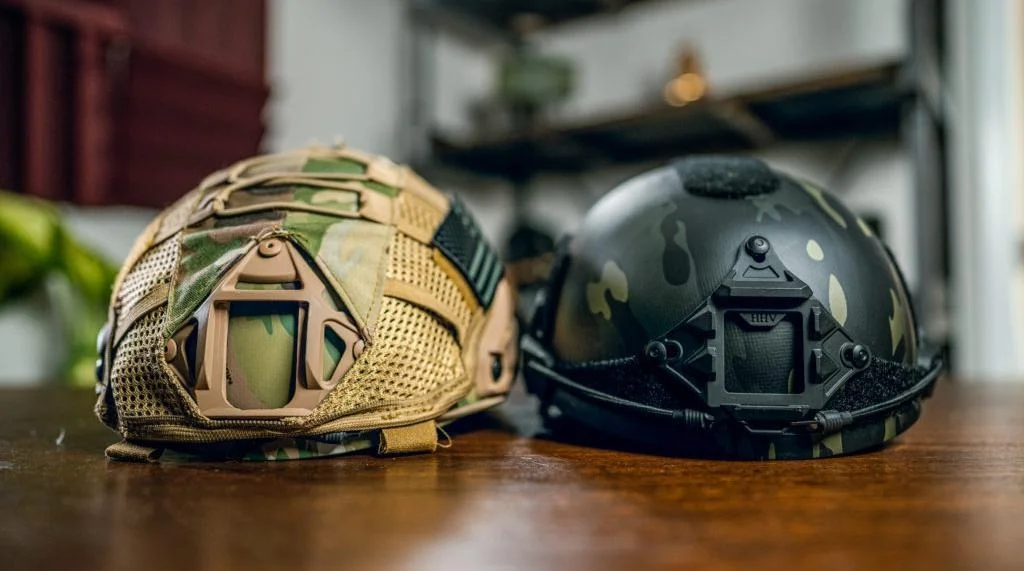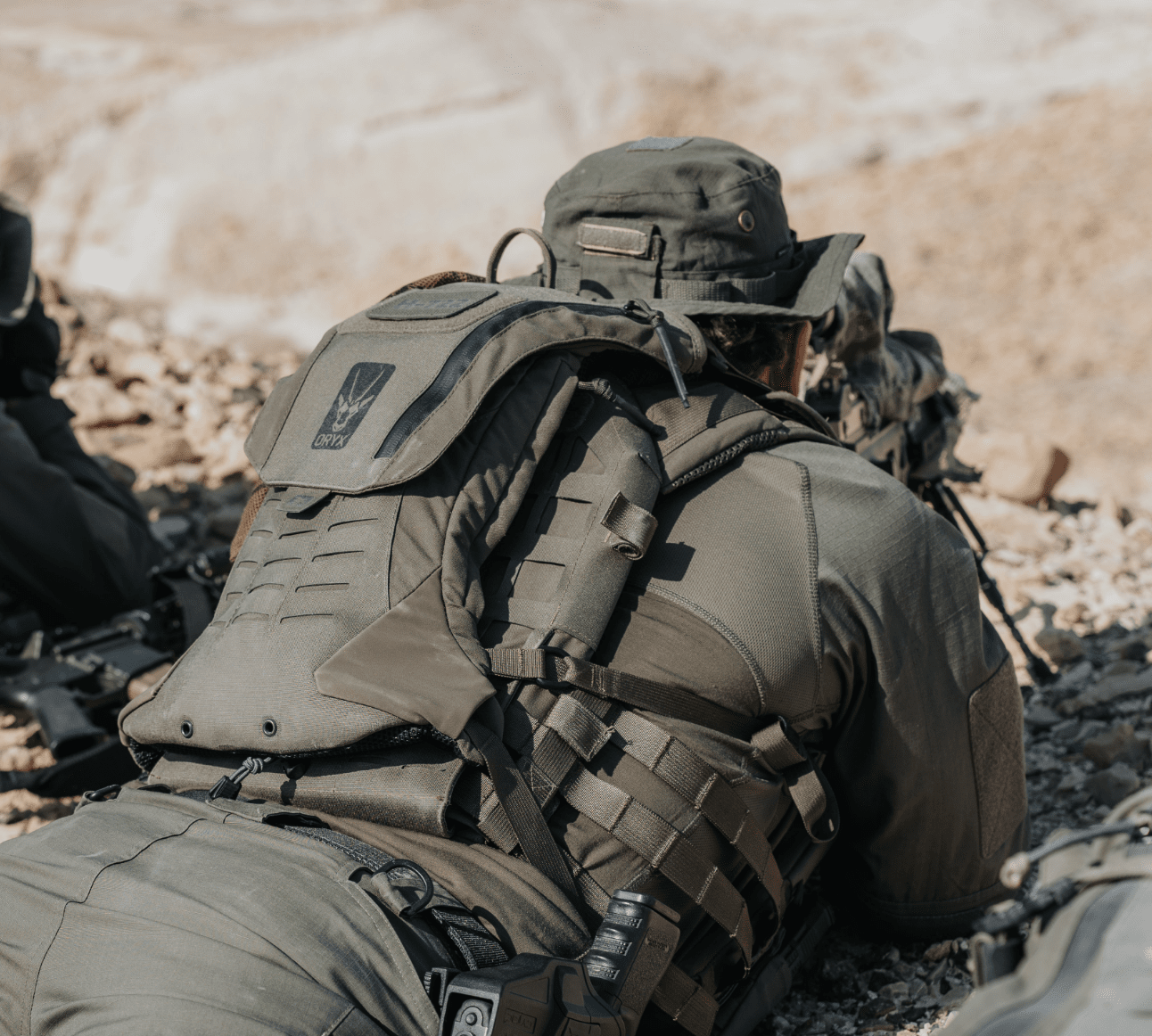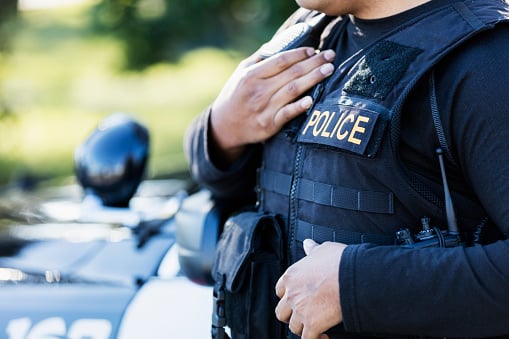Personnel working in hotels and buildings, such as doormen and doorwomen, frequently interact closely with various kinds of people. One of the toughest jobs in the security industry may be the responsibility to check suspicious visitors. To stop anyone from entering armed with knives, guns, or other weapons, you must remain vigilant at all times. This job has the potential to turn dangerous because people frequently lash out when stopped at the door, whether they are armed or not. Doormen and doorwomen should be provided with the proper body armor to protect them from any potential threats in order to perform their duties effectively.
You should evaluate the hazards you are likely to encounter at work before investing in any body armor. By choosing the proper level of security, you can stay secure and be better equipped to handle any threats you may encounter. For instance, doormen and doorwomen at hotels and buildings in risky urban areas will need more protection than those employed in secure areas. You can spot any potential threats and get ready to handle them by conducting a threat assessment.
Choosing an acceptable amount of protection is crucial since it enables you to perform your job obligations as effectively as possible. A vest with a level that is too high may become cumbersome because higher levels are heavier and thicker. There is no need for doormen and doorwomen to wear bulletproof vests because they are more frequently attacked with things and weapons that have sharp edges. Knives, spikes, and shattered glasses are the most often utilized weapons to attack service personnel in urban areas. Stab and spike-resistant vests are made to be more portable and lightweight. They are offered in a covert style, which is discrete and fits well beneath the uniform. Body armor that protects against small handguns, stab, and spike attacks are available and might be a good option for doormen and doorwomen.
WHO NEEDS TO PROTECT DOORMEN AND DOORWOMEN?
If you feel exposed or endangered, it will be impossible for you to carry out your job duties. This guideline applies to both doormen and doorwomen, who will not perform to the best of their skills if they are concerned for their safety. Making sure the people who guard a building are safe and secure at work is the best way to ensure its security.
Choosing whether you need overt or covert body armor is the first step. You should always check with your superiors because different employers may have different requirements and internal standards. For increased visibility and protection, door employees must wear overt vests in crowded facilities that attract a variety of visitors. Typically, doormen and doorwomen guard sensitive installations and buildings storing expensive equipment while donning high-density overt body armor. This is so that the doormen can control access in the event of a burglary or assault. Contrarily, covert body armor is frequently worn in locations with low visitor traffic or when building owners don't want unwarranted attention from the general public.
AN APPROPRIATE KIND OF BODY ARMOR
Security companies should generally avoid purchasing inferior body armor for doormen and doorwomen. If they do this, they run the risk of harming their employees' safety as well as the tenants' and visitors' security in the building. The appropriate government body should authorize the proper body armor for doormen and doorwomen. Any armor that aims to provide adequate levels of protection must first meet minimum requirements before it can be approved for distribution. Spending money on inferior armor frequently results in financial waste because the armor does not serve its intended purpose. This could have serious repercussions for the person wearing the armor.



